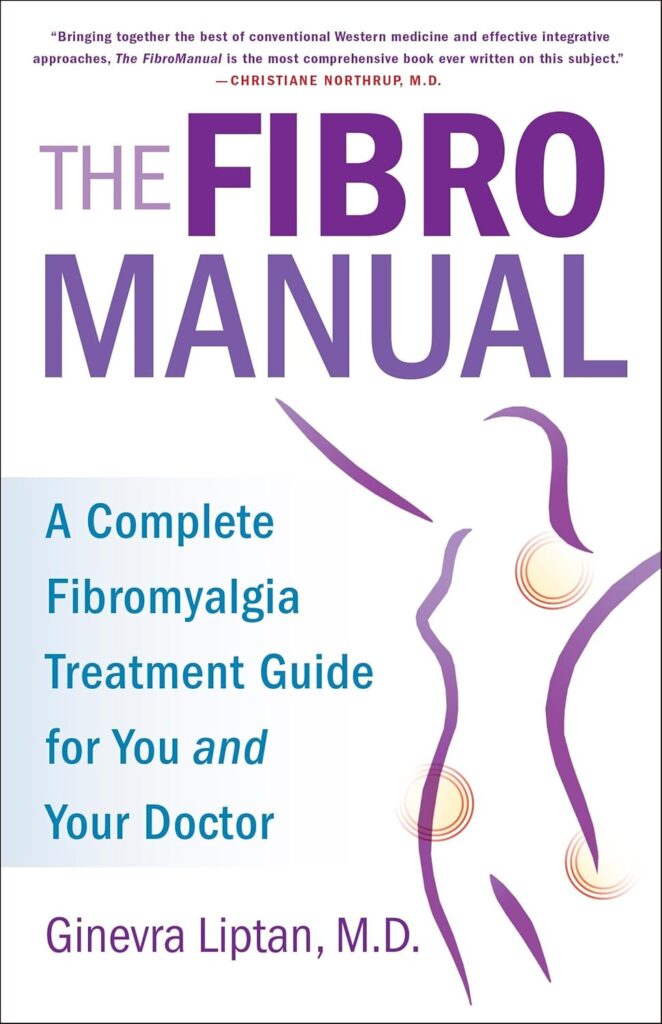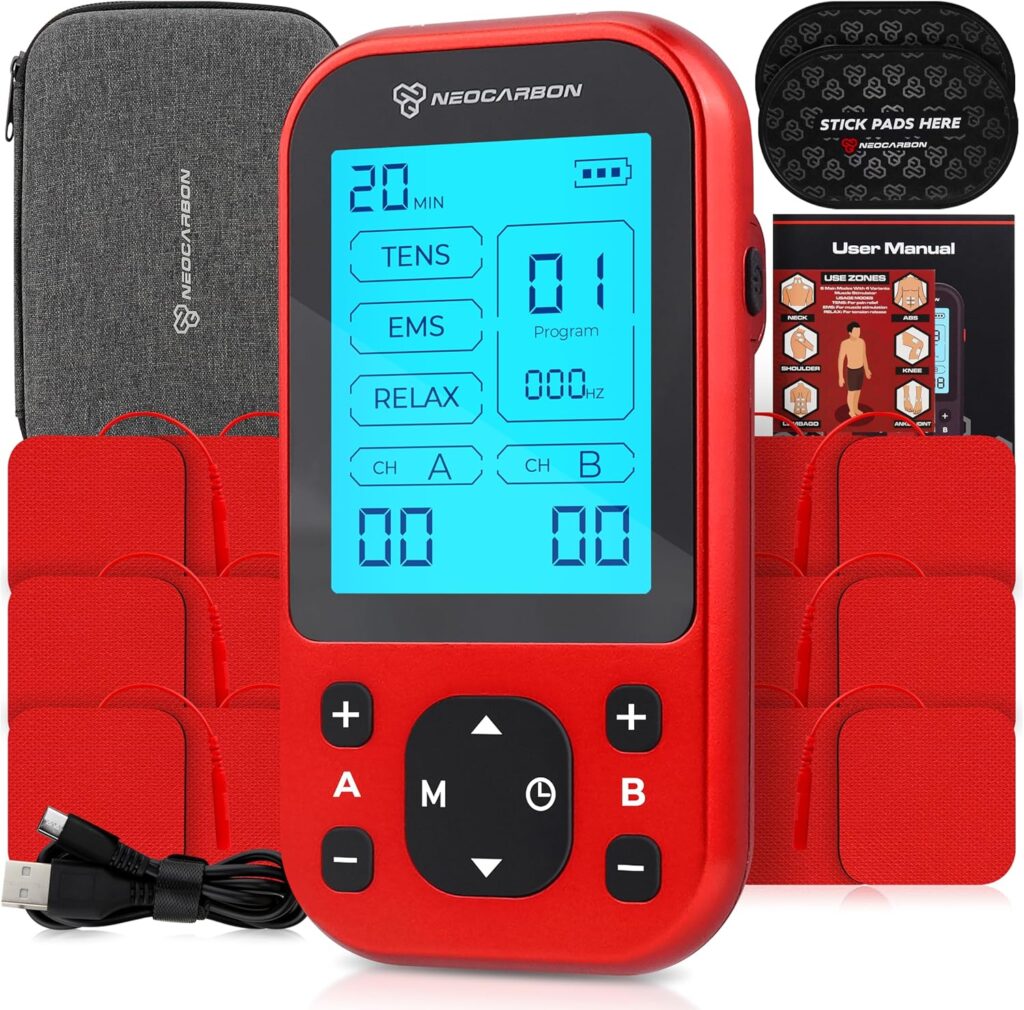Are you frequently dealing with a fibromyalgia attack and becoming increasingly frustrated? Fibromyalgia is a chronic condition considered a disorder of pain regulation, meaning the brain and nerves may amplify normal pain signals, making everything feel more intense.
Fight back with these 20 solutions and address fatigue, sleep disturbances, cognitive issues (sometimes called “fibro fog”), and heightened sensitivity to pain.
Key Symptoms of a Fibromyalgia Attack
Widespread Pain: The hallmark of fibromyalgia is pain that affects multiple areas of the body, often described as a constant, dull ache.
Fatigue: Many people feel drained, even after a full night’s sleep.
Sleep Issues: Problems like insomnia or non-restorative sleep (waking up still feeling tired) are common.
Cognitive Difficulties: “Fibro fog” can cause problems with focus, memory, and mental clarity.
Other Symptoms: Some people also experience headaches, irritable bowel syndrome (IBS), depression, anxiety, or tingling in the hands and feet.
Causes
Fibromyalgia remains a bit of a mystery, but researchers have uncovered some intriguing clues. It’s believed to stem from a combination of genetic, neurological, and environmental factors.
For starters, certain genes may make some people more sensitive to pain. But genetics aren’t the whole story—your central nervous system also plays a role. In people with fibromyalgia, the brain and spinal cord seem to amplify pain signals, creating that all-too-familiar widespread discomfort.
Stress, infections, or trauma, like an accident or surgery, can also act as triggers, flipping the switch for this chronic condition. Sleep disturbances and hormonal imbalances may further contribute to pain sensitivity and fatigue.
Interestingly, fibromyalgia often overlaps with conditions like irritable bowel syndrome (IBS) and migraines, suggesting a shared underlying mechanism.
While there’s no single cause, researchers agree fibromyalgia involves a complex interplay of factors, making it a highly individualized condition.
Who Is Affected?
Fibromyalgia doesn’t discriminate, but certain groups are more at risk. Women, particularly those in their middle years, are up to 80% more likely to develop this condition than men. Researchers believe hormonal differences, like estrogen fluctuations, might play a role.
That said, fibromyalgia can strike at any age, even in children, though it’s most commonly diagnosed in people between 30 and 50. Family history also matters—if your parents or siblings have fibromyalgia, your risk is higher due to potential genetic links.
Stressful life events, physical trauma, or chronic illnesses, such as arthritis or autoimmune conditions, often act as triggers. People with sleep disorders or conditions like irritable bowel syndrome (IBS) and migraines are also more prone to developing it.
While it’s tough to predict exactly who will develop fibromyalgia, understanding these risk factors can help with early detection and better management.
Management Solutions to Deal with a Fibromyalgia Attack
There is no cure for fibromyalgia, but managing it is about finding the right combination of treatments and strategies to reduce symptoms and improve quality of life.

The key management strategies include using medications, lifestyle changes, therapy treatments and the use of helpful products and natural methods.
Fibromyalgia is a condition that requires a personalized approach since what works for one person may not work for another. Fortunately, there is a plethora of options you can use to fight back when you experience an attack of fibromyalgia. Let’s explore them!
Medications
Pain Relievers
Over-the-counter medications like acetaminophen or ibuprofen can help reduce mild pain, though they might not be as effective for fibromyalgia’s widespread pain.
Prescription options like tramadol may be considered for more severe cases, but opioids are generally avoided due to limited effectiveness and the risk of dependence.
Antidepressants
Drugs like amitriptyline or duloxetine are often prescribed because they not only help with depression but can also reduce pain and improve sleep. Consult your healthcare professional.
Anti-Seizure Medications
Medications like pregabalin (Lyrica) or gabapentin are FDA-approved for fibromyalgia and can help with pain and nerve-related symptoms. Consult your healthcare professional.
Sleep Aids
If sleep disturbances are a significant issue, doctors might prescribe medications to promote deeper, restorative sleep.
Lifestyle Changes
Lifestyle changes can make a world of difference in managing fibromyalgia. While it takes time to find what works for you, these strategies can help ease symptoms and improve your quality of life. Always listen to your body. Small, consistent changes can lead to big relief over time!
Adequate Sleep: Start with a consistent sleep routine—going to bed and waking up at the same time daily helps regulate your body’s internal clock and reduces chronic fatigue – even on weekends!.
Create a calming bedtime ritual, like a warm bath or light stretching, which can also improve sleep quality. Use a supportive mattress, blackout curtains, and weighted blankets (which can provide soothing pressure to aid relaxation).
Reduce caffeine and screen time, especially in the hours leading up to bedtime.
Regular Low-impact Exercises like walking, swimming, or yoga boost energy, reduce stiffness, and release feel-good endorphins. Though it may seem daunting due to pain, regular movement helps reduce stiffness, improve mood, and enhance overall fitness.
But remember—pacing is key! Start slow and gradually increase intensity to avoid overexertion, which can worsen symptoms. Overdoing it can lead to flares, so balance activity with rest.
Healthy Diet: While no specific diet cures fibromyalgia, a balanced diet with plenty of fruits, vegetables, whole grains, and lean proteins can support overall health.
It is helpful to focus on an anti-inflammatory diet rich in fruits, veggies, and omega-3s while limiting processed foods and sugar. Staying hydrated is equally important.
Stress Management: Not to be forgotten, as stress can exacerbate symptoms! Meditation, deep breathing, or even journaling can ease emotional stress and fibromyalgia symptoms . Check out mindfulness or relaxation apps to help guide daily stress-relief routines.
Physical and Alternative Therapies: Hands-On Relief for a Fibromyalgia Attack
When it comes to managing fibromyalgia, physical and alternative therapies can be game-changers. These approaches don’t just address pain—they also help with relaxation, mobility, and overall well-being.
Physical therapy focuses on gentle stretches and exercises tailored to your body’s needs focusing on stretching, strengthening, and improving posture to alleviate pain and stiffness.
It improves flexibility, reduces stiffness, and teaches you how to move without triggering pain. A skilled therapist can also guide you in protecting your joints and muscles during daily activities.
Cognitive behavioral therapy (CBT) is a powerful tool for managing the mental toll of fibromyalgia. It helps you reframe negative thought patterns, reduce stress, like anxiety, depression, and the frustration of living with chronic pain.and break the vicious cycle of pain and anxiety.
Massage therapy works wonders for muscle tension and blood circulation. A good massage can ease pain and give your nervous system a much-needed reset.
Acupuncture taps into your body’s natural energy flow, using tiny needles to stimulate pain-relief pathways. Many people find it reduces flare-ups and boosts relaxation.
Heat and hydrotherapy – Warm baths, heated pads, or aquatic exercises—soothe aching muscles and promote blood flow. Hydrotherapy, in particular, is gentle on joints while building strength.
These therapies are not one-size-fits-all, but exploring them can help you create a personalized pain management plan.
Seek Out Support Networks
Join a Support Group: Connecting with others who understand the challenges of fibromyalgia can provide emotional support and practical advice.
Therapy or Counseling: Talking to a therapist can help you process emotions related to chronic illness.
Self-Care Practices
Pacing Activities: Avoid overdoing it on good days to prevent a flare-up on bad days. Balance rest and activity to maintain steady energy levels.
Journal Your Symptoms: Keep a journal to help identify triggers (like certain foods, stress, or weather changes) that worsen symptoms.
Gentle Self-Massage: Use a foam roller or a massage ball for targeted relief of tight spots.
Technology and Tools: High-Tech Help for A Fibromyalgia Attack
Living with fibromyalgia can feel like a juggling act, but technology offers some handy solutions to lighten the load.
Apps and Gadgets
Apps like Calm or Headspace can help with relaxation. Deep Relaxation apps and CD sets are helpful tools. Smartphone apps like symptom trackers and meditation guides help you manage pain, track triggers, and stick to self-care routines.
Wearable gadgets, like fitness trackers, can monitor your activity and sleep, keeping you aware of your limits and helping you avoid overexertion. Even simple reminders on your phone can nudge you to stretch or hydrate.
Assistive Devices
Assistive devices make daily tasks easier and reduce strain on your body. Ergonomic chairs, braces, orthotics, supportive cushions, and adjustable desks can work wonders if you’re dealing with stiffness or fatigue as they can help reduce strain during daily activities..
Tools like jar openers or grabbers help save your hands from unnecessary pain. For mobility, walking aids or braces can provide extra support on tough days.
These tech tools and gadgets may seem small, but they can make a big impact on managing fibromyalgia with ease and confidence.
Conclusion – A Fibromyalgia Attack?
Fibromyalgia management is highly individual—what works for one person may not work for another. The key is patience and persistence.
Keep communication open with your healthcare provider to adjust your plan as needed, and celebrate small victories, like better sleep or a reduction in pain. Over time, a tailored approach can make a world of difference. What have you tried? Share your comments below.
Related Articles
What Triggers A Fibromyalgia Attack: 7 Proactive Tips
FAQs for A Fibromyalgia Attack?
What is a fibromyalgia attack, and how does it feel?
A fibromyalgia attack is a temporary flare-up of symptoms like widespread pain, fatigue, and brain fog. Triggers include stress, weather changes, or overexertion, leaving you feeling physically and mentally drained.
How can I reduce pain during a fibromyalgia attack?
Use heat therapy, gentle stretches, or relaxation techniques like deep breathing to ease pain. Rest as needed and avoid overexertion to prevent worsening symptoms. Medications may also help when used as prescribed.
What triggers a fibromyalgia attack?
Triggers include stress, lack of sleep, poor diet, weather changes, overexertion, and illness. Identifying your personal triggers through journaling or symptom tracking can help you manage and minimize attacks.
Can exercise help during a fibromyalgia flare-up?
Light, low-impact activities like stretching, yoga, or walking can relieve stiffness and improve blood flow. However, avoid intense workouts, as they might worsen symptoms during a flare-up. Listen to your body.
What lifestyle changes help prevent fibromyalgia attacks?
Maintain a consistent sleep schedule, eat an anti-inflammatory diet, exercise moderately, and manage stress with relaxation techniques. Tracking symptoms can help you identify patterns and avoid potential triggers.





